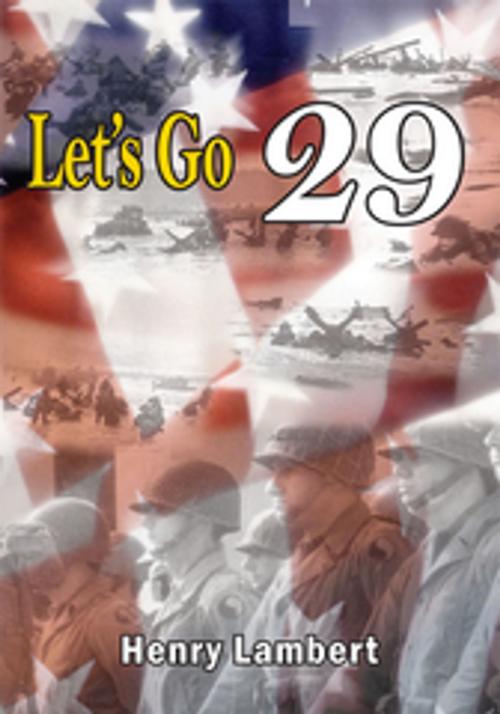| Author: | Henry Lambert | ISBN: | 9781463494469 |
| Publisher: | AuthorHouse | Publication: | June 9, 2005 |
| Imprint: | AuthorHouse | Language: | English |
| Author: | Henry Lambert |
| ISBN: | 9781463494469 |
| Publisher: | AuthorHouse |
| Publication: | June 9, 2005 |
| Imprint: | AuthorHouse |
| Language: | English |
During World War II, thousands of young American men and women joined the fight to liberate Western Europe from Nazi occupation. From June 6, 1944 to May 7, 1945, an orchestrated effort among the Allies was made toward this end that included five major beach landings on the French coast off the English Channel. The responsibility of launching the mass invasion on the first two beaches code-named Utah, and Omaha, fell primarily to the American forces. British led forces were selected to assault the remaining three beaches code-named Gold, Juno, and The Sword.
In the early morning hours of June 6, 1944 at 6:30 a.m., the wars determining battle was launched. Fifteen hundred warships, 4,000 amphibious crafts, 20,000 vehicles, and 13,000 aircraft carrying 145,000 soldiers were deployed.
The Omaha and Utah beachhead invasions put the troops at a disadvantage, pitting them against the fortified German forces that occupied the land, but the elements of surprise, courage, and sheer determination led to the success of the operation. The German Wehrmacht was pushed back to face a two-pronged attack that ended the battle for the beach, and led to the beginning of the end of the war.
During World War II, thousands of young American men and women joined the fight to liberate Western Europe from Nazi occupation. From June 6, 1944 to May 7, 1945, an orchestrated effort among the Allies was made toward this end that included five major beach landings on the French coast off the English Channel. The responsibility of launching the mass invasion on the first two beaches code-named Utah, and Omaha, fell primarily to the American forces. British led forces were selected to assault the remaining three beaches code-named Gold, Juno, and The Sword.
In the early morning hours of June 6, 1944 at 6:30 a.m., the wars determining battle was launched. Fifteen hundred warships, 4,000 amphibious crafts, 20,000 vehicles, and 13,000 aircraft carrying 145,000 soldiers were deployed.
The Omaha and Utah beachhead invasions put the troops at a disadvantage, pitting them against the fortified German forces that occupied the land, but the elements of surprise, courage, and sheer determination led to the success of the operation. The German Wehrmacht was pushed back to face a two-pronged attack that ended the battle for the beach, and led to the beginning of the end of the war.















